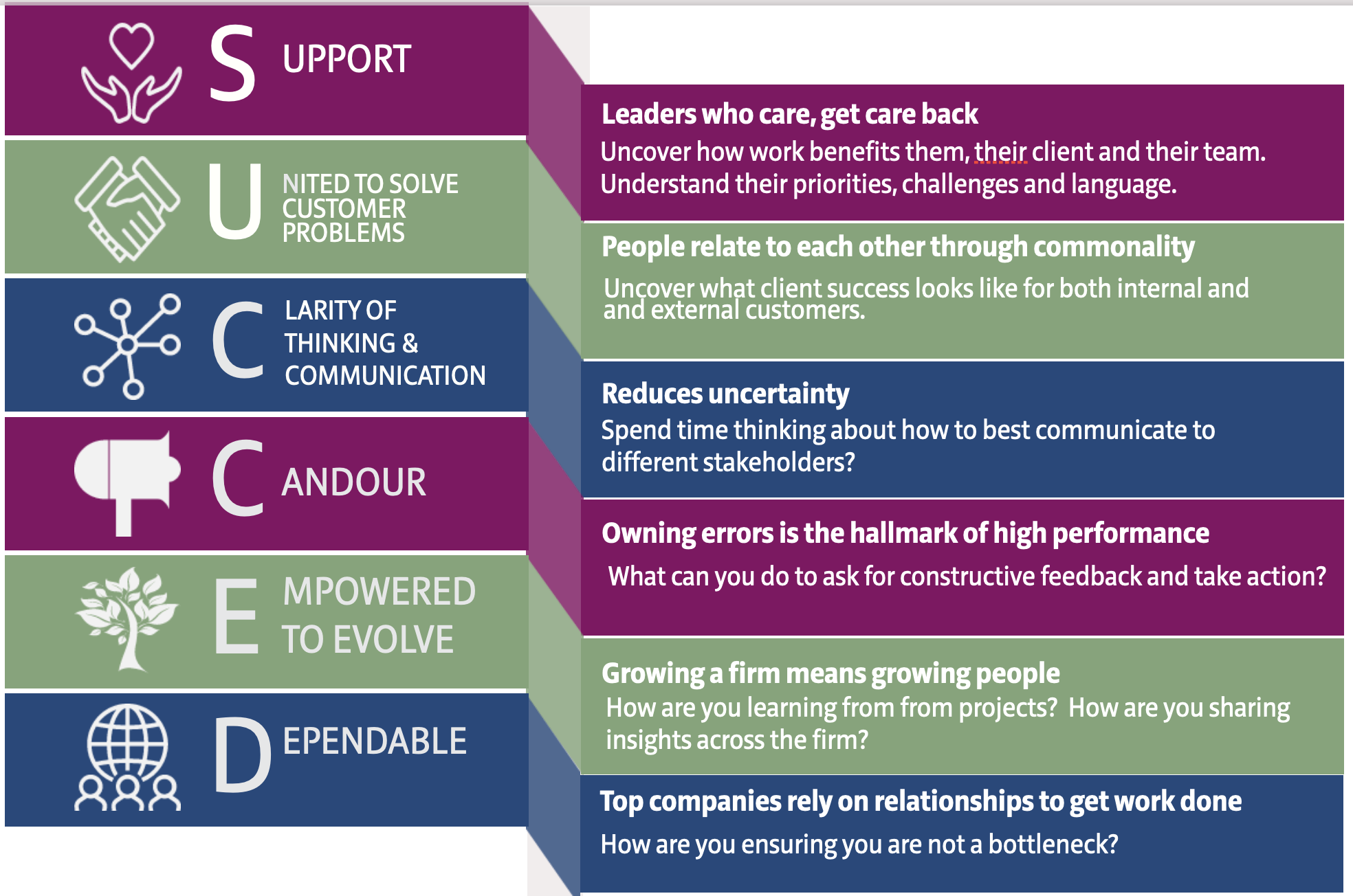
Companies often tell us that they are frustrated by how hard it is to engage staff with training.
Did you know that only 1 in 10 senior leaders trust their peers to deliver all of the time?
According to a study, it's not due to ill-will or malice. Typically, a department head would say ‘yes’ to a request, but would fail to attend to it, mainly because they didn’t know how vital it was to the organisation as a whole, so other priorities in their own business unit called their attention.
In my work helping teams deliver better to other teams I find that there are three main issues why this occurs. These are:
1. Department leaders don't understand one another and what they do (priorities, goals, KPIs objectives).
2. Leaders tend to automatically think the other team is being difficult.
3. Everyone is too time poor to work it all out (so they waste time with blaming, shaming or complaining)!
The result is that it is perceived as too risky to work with other teams. These risks range from late deliverables, shoddy work, ruining the relationship with clients/stakeholders, having awkward conversations, reducing scope/quality of project right through to financial risks.
Teams will subconsciously refuse to work well with other teams when they feel uncomfortably vulnerable to the other party. If an organisation wants to foster group collaboration, it must minimise the risks of collaboration.
In a large organisation, this is difficult to do, if you don't have the support of the top leadership team and CEO to focus on a 'one-team' ethos.
The good news is that there are some best practices you can do to improve cross-functional collaboration on your own. These tips can be used to help with change management, getting other teams to recommend your team to their clients and just to improve cross-team relations more generally.
Let me step you through my SUCCEED Together® Trust Framework. You can use this if you are a team who is finding it difficult to get the support of other teams and need to brainstorm some ideas. It can also be used as a bridging tool to bring different teams together to work out the kinks in the relationship. Some of you might recognise it as the main diagnostic that I used to help leadership teams work better together.
Getting other teams to work with your team requires working through the risks other teams perceive with working through your team and how you can mitigate that with these six best practices. You can do this alone with your team, but for even better results working through it with the other team is recommended.

1. Support - This is one of the most critical trust drivers to improving how your team is perceived by other teams (and how much of a threat you are to their functioning). It starts with understanding that if you want other teams to work with you - it's not about you. Take the example of one team that wanted other teams to recommend their services to their clients. Their approach was to catch up with a peer in another department and take them through their technical offerings. Instead, what they needed to was to start the conversation by asking questions on what issues their clients were facing, what they were doing to help them and what support was needed. Their self-interest turned off the other teams who worried that their client would not be served well by this team. Starting with asking questions, rather than talking about yourself is critical for trust-building and showing that you care about others.
2. United to Solve Customer Problems - Where trust often breaks down between departments is where the complexity of misaligned interests is not acknowledged, much less dealt with. The most trusted leaders navigate this territory by carefully thinking in terms of integration and alignment of interests within the overall strategy of the organisation. The best way to do this is along the lines of how it helps customers or stakeholders.
3. Clarity of thinking and communication - This is a big one. It really involves being clear about the organisation's overall priorities, the other department's priorities/expectations and your team's priorities/expectations. Once you are clear on this, it can be much easier to communicate what you do and how it will be helpful to the other team. It also involves asking what information the other team needs from you to make their job easier.
4. Candour - Creating an environment where the other team can challenge you and let you know about issues is critical. Where I see a lot of problems with cross-team collaboration is when a team refuses to acknowledge any issues or that they are at fault. Set the tone by asking them to let you know of any perceived risks in working with you or any current challenges that need to be addressed.
5. Empowered to Evolve - Teams that aren't learning and have a fixed mindset are a threat (and inconvenience) to achievement zone teams. Make sure your team is sharing insights, learnings and focused on improving how you do things.
6. Dependable - The definition of trust is that everyone in an organisation can rely on one another. Make sure your team models the right behaviours by always delivering on time and at the right level of quality.
Improving cross-team collaboration is really making sure you uncover the perceived risks working with your team - and then working to mitigate that.
This requires lots of consultation to best understand the other team's priorities, concerns, challenges and goals. It requires letting go of pushing your agenda and trying to force the other team to work with you.
The SUCCEED Together framework® helps you do that. If you want to know how to use it in your team or organisation, contact me to find out more.

Companies often tell us that they are frustrated by how hard it is to engage staff with training.

In last week’s post, we talked about fostering psychological safety in your team to improve performance. But it’s only one component.